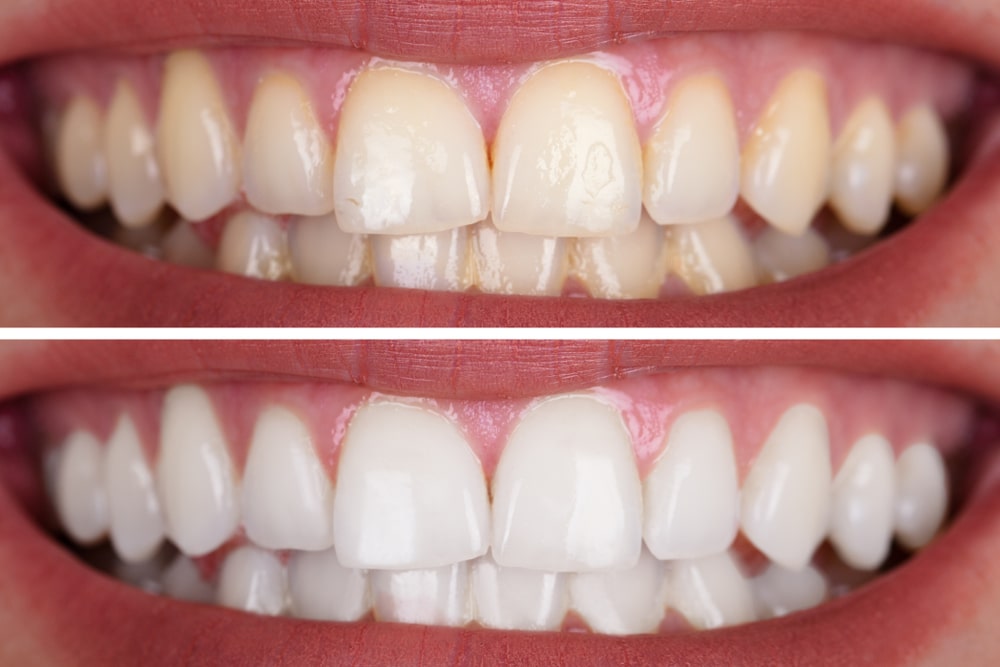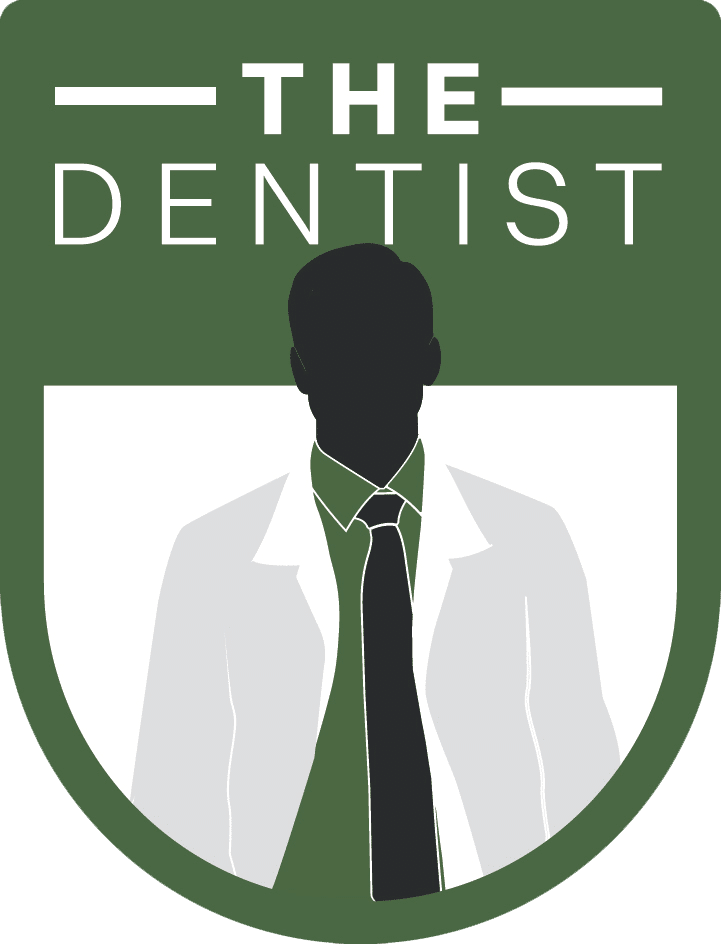
Safe & Effective
Fast Results
In-Office Solution
Zoom Whitening
Zoom Whitening: designed to enhance the appearance of your teeth in just one visit. Our team of dental professionals applies a specially formulated whitening gel containing hydrogen peroxide to your teeth. As you sit back and relax, a special light activates the gel, breaking down stains and discoloration. The result? A visibly whiter, more radiant smile. Experience the convenience and effectiveness of Zoom Whitening at The Dentist—your pathway to a brighter smile in just one appointment!
The Benefits
Zoom Whitening: designed to enhance the appearance of your teeth in just one visit. Our team of dental professionals applies a specially formulated whitening gel containing hydrogen peroxide to your teeth. As you sit back and relax, a special light activates the gel, breaking down stains and discoloration. The result? A visibly whiter, more radiant smile. Experience the convenience and effectiveness of Zoom Whitening at The Dentist—your pathway to a brighter smile in just one appointment!
Take Home
Whitening
If you prefer to whiten your teeth at your convenience, our Take-Home Whitening option is ideal. Here's how it works: A trained team member will take impressions of your teeth to create custom-fitted whitening trays. As a leading dentist for teeth whitening in LasVegas, we provide you with a supply of whitening gel to apply to the trays. You wear the trays for a specified amount of time each day. Over time, you'll notice significant improvements in the color and brightness of your teeth, all from the comfort of your home.
Experience the flexibility and effectiveness of Take-Home Whitening with The Dentist!
Experience the flexibility and effectiveness of Take-Home Whitening with The Dentist!
The Benefits
Our Take-Home Whitening offers the freedom to whiten your teeth at your own pace. Whether it’s during your morning routine or in the evening before bed, you can relax and brighten your smile when it suits you best.
Are you interested in exploring other dental services? Check out our featured treatments, or contact us directly!
Are you interested in exploring other dental services? Check out our featured treatments, or contact us directly!



Choose the solution that works
best for you.
Whether you go for Zoom Whitening or Take Home Whitening, you'll be delighted with the impressive results. Say goodbye to yellow stains and discoloration, and welcome a bright, confident smile! Looking for another service? Browse our other featured services or reach out to us directly!
Questions on Teeth Whitening? Check our
FAQ
How does teeth whitening work?
Tooth stains arise from the adhesion of colored molecules to the surfaces of our teeth, plaque, and tartar. Even after dental cleanings, stains may occasionally reappear in the dentin, the layer beneath the plaque and tartar. Applying a bleaching solution to the teeth breaks down the staining molecules trapped on them by combining carbon in the dentin with oxygen from the air.
Is teeth whitening safe?
If done by a dental professional or use products that are approved by the American Dental Association (ADA), then teeth whitening should be safe. However it’s recommended that you consult your dentist first and foremost.
Can yellow teeth become white again?
With the use of modern dental methods and technologies, yellow teeth are able to become completely whitened.
Does teeth whitening hurt?
Gum and tooth irritation may result with teeth whitening. While some people may need to reduce the bleaching’s strength and duration to prevent sensitivity, others may suffer little to no sensitivity at all. Ask your dentist how to prevent sensitivity and make sure the operation is always carried out by a qualified expert.
In addition to recommending a certain toothpaste to be used both before and after the treatment, your dentist could only recommend specific kinds of teeth whitening. After treatment, an over-the-counter pain medication can typically assist to lessen sensitivity-related symptoms.
What do I need to do before a teeth whitening?
Although there is nothing special you need to do before teeth whitening, the treatment works best on plaque and tartar free healthy teeth.
What do I need to do after a teeth whitening?
To ensure the best results, avoid consuming any food or drinks that have the potential to stain teeth for at least 48 hours. Examples include: juice, berries, foods with artificial coloring, coffee, tea, etc. You must also refrain from smoking as long as possible.
